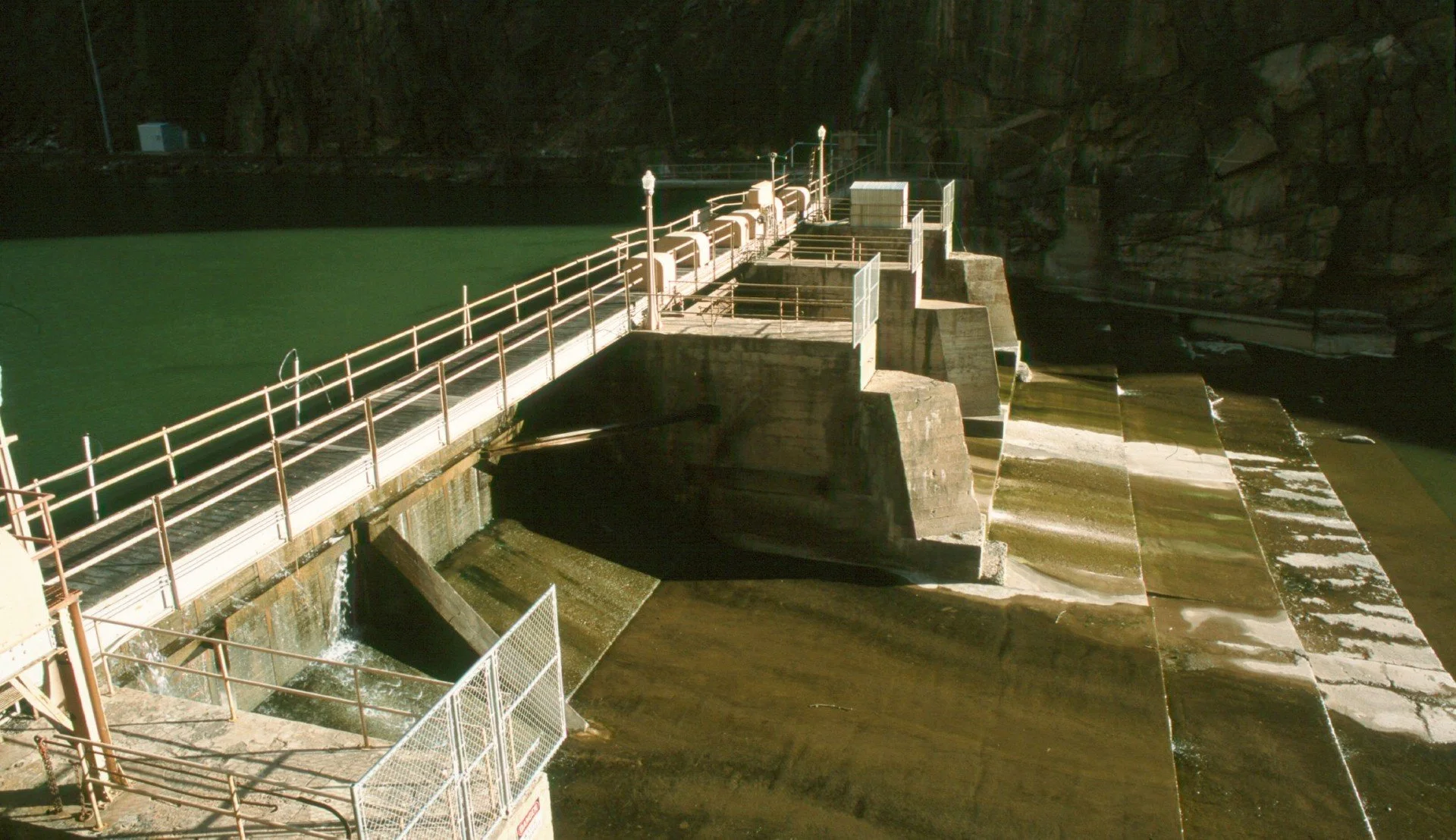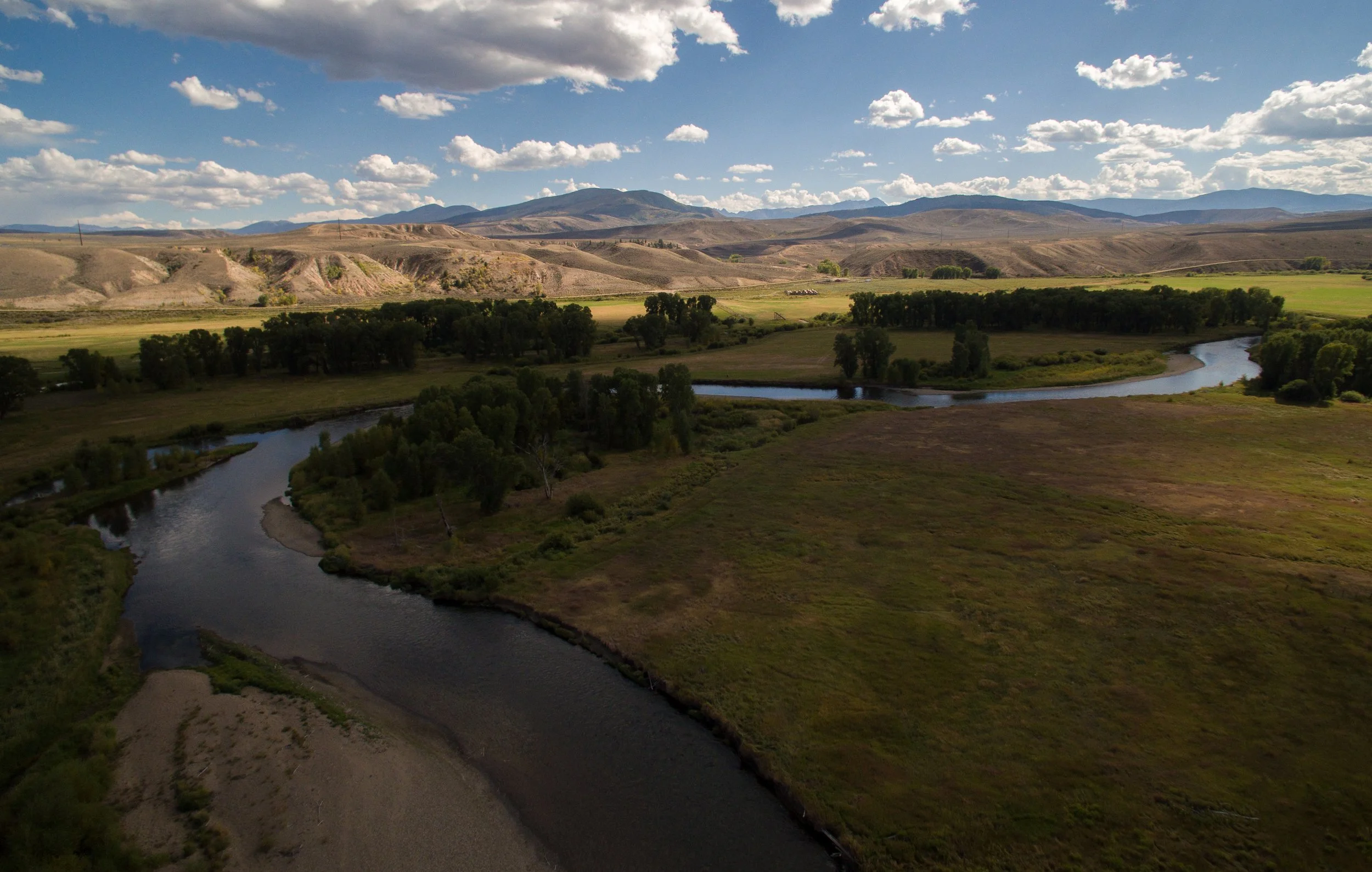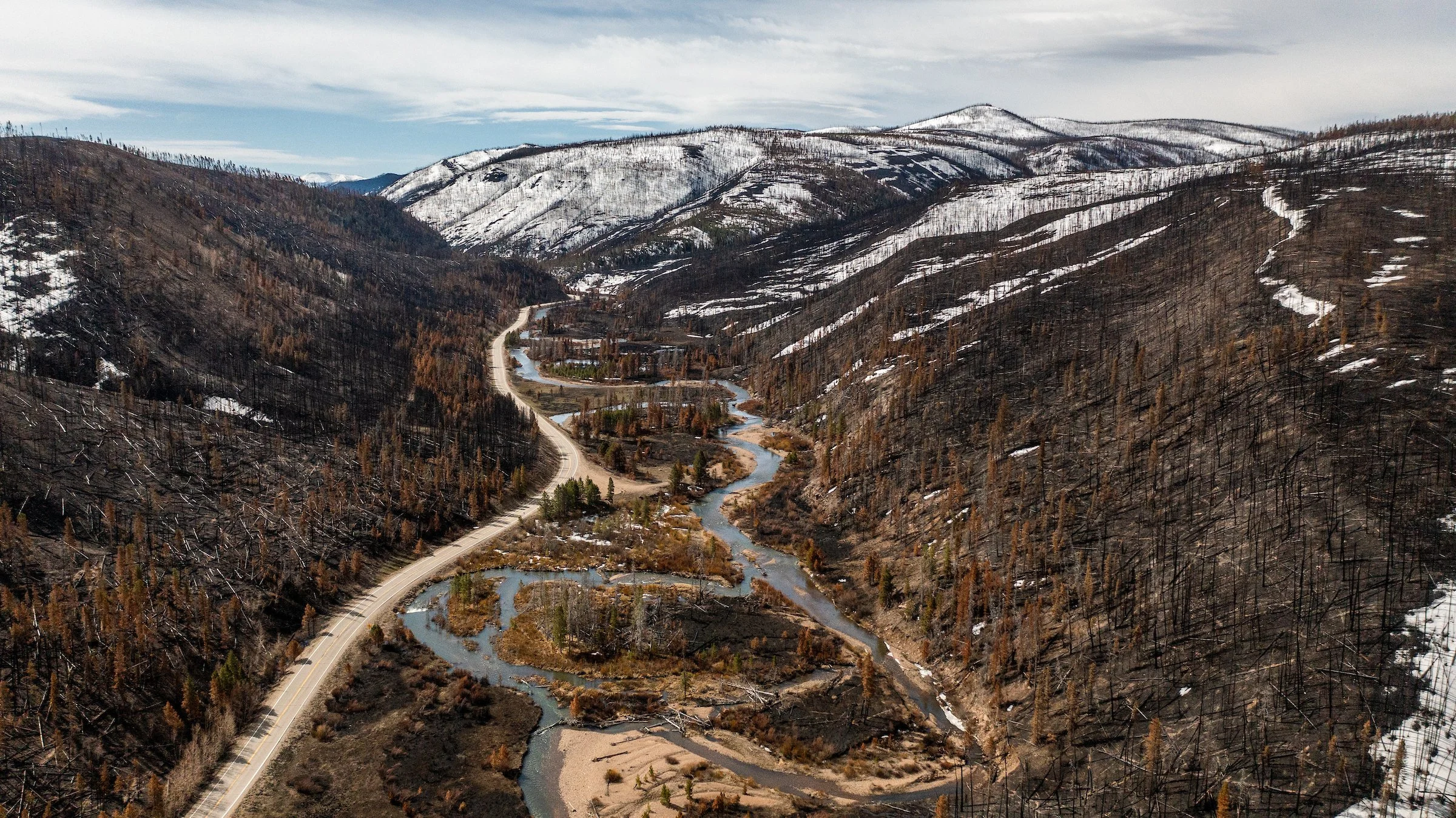May 2009
We are working with several other conservation groups on an analysis of the gap between water supply and demand on Colorado’s Front Range. We hope to offer an alternative to a future, additional diversion of water from Colorado’s Western Slope.
The Colorado Water Project (CWP) continues to evaluate and or monitor the progress of several Environmental Impact Statements for various water development projects around the state such as the Windy Gap Firming, Denver Moffat Expansion, and Northern Integrated Supply Project.
The CWP staff continues to provide environmental perspective on several large cooperative endeavors including the Halligan Seaman Shared Vision Plan and the Colorado River Wild and Scenic Management Plan Alternative. The CWP staff has been working with state and local governments, water providers and other environmental groups to draft an Upper Colorado River Wild and Scenic Management Plan Alternative (MPA). Most recently, the east slope water users unilaterally developed a proposal for flow guides on the Colorado River between Kremmling and State Bridge, Colorado. CWP staff and west slope water users are in the process of evaluating the east slope water user’s proposal.
On May 7, U.S. Bureau of Reclamation operators made the first release in a new flow regime that is expected to help restore the Gunnison River canyon ecosystem and return it to a more natural state. Water releases from the Aspinall Unit will increase each day until reaching a peak flow of about 6,000 cfs in the Black Canyon on May 13, after which the releases will begin to drop until leveling off at approximately 1,900 cfs in the Black Canyon and Gunnison Gorge on May 21. Among other benefits, the higher flows will help flush out sediment deposits that have caused whirling disease and other problems for trout, clear out encroaching vegetation and woody debris, and help maintain the river channel.
Heavy spring snows delayed the start of the field season in Colorado. CWP staff had hoped to get out prior to the start of runoff to work with Colorado Division of Wildlife and Colorado Water Conservation Board staffs installing several pressure transducers in West Prong Slater Creek to monitor flows above and below diversion structures. This field work is now scheduled for mid-June. The results of this effort will be used to help establish the instream flow requirements of this Colorado River cutthroat trout stream. The results will also be used to evaluate the potential value of an instream flow donation and/or acquisition on this stream.
CWP staff plans to perform an analysis of barriers to Colorado River cutthroat trout in the Yampa basin. The analysis will provide a roadmap for future barrier removal work in the basin to reconnect cutthroat habitat.







